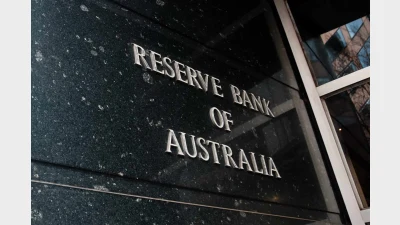Non-payment of SG a key insolvency signal



An employer's failure to pay the superannuation guarantee has been confirmed as a top indicator of insolvent trading, according to new data released by the Australian Securities and Investments Commission (ASIC).
The regulator today released insolvency statistics covering the 12 months between July, 2014 and June this year in which it cited non-payment of employer superannuation guarantee contribution as a primary indicator of insolvency or, at least, reasons for a director to suspect their company was insolvent.
It said external administrators nominated an average of between two and three indicators for civil breaches, and three and four indicators for criminal breaches.
The report said the top three indicators were non-payment of statutory debts such as pay as you go tax obligations, the superannuation guarantee and the GST, serious shortage of working capital and difficulty paying debts.
However, it said that non-payment of statutory debts such as the SG represented 71.8 per cent of all alleged civil breaches and 74.4 per cent of all alleged criminal beaches.
Recommended for you
The central bank has announced the official cash rate decision for its November monetary policy meeting.
Australia’s maturing superannuation system delivers higher balances, fewer duplicate accounts and growing female asset share, but gaps and adequacy challenges remain.
Global volatility and offshore exposure have driven super funds to build US-dollar liquidity buffers, a new BNY paper has found.
Less than two in five Australians are confident they will have sufficient assets to retire and almost three-quarters admit they need to pay greater attention to their balance, according to ART research.









